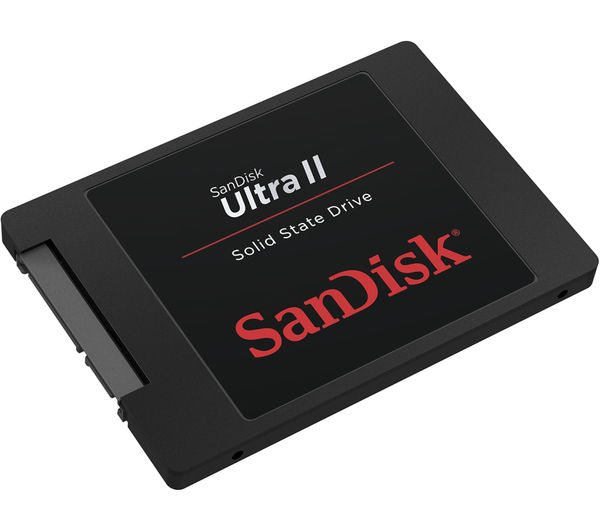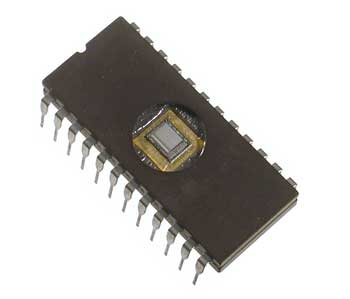Specialized Cards
Specialized cards are cards that are plugged into the motherboard that allow it to do more things such as display graphics and play sound.
Description of purpose: The sound card is an adapter card that allows the computer to
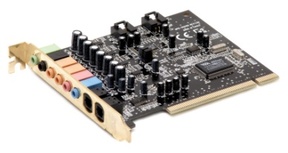 have extended sound capabilities, and for sound components to be used, for
have extended sound capabilities, and for sound components to be used, forexample headphones.
How it communicates with other components: The sound card translates analogue- to-digital waves to make the
sound heard on the computer, some sound cards use a coder/decoder chip also
called a CODEC which performs both functions
Graphics Card
Description of purpose: The graphics card is an adapter card that allows the computer to show graphics on the monitor.
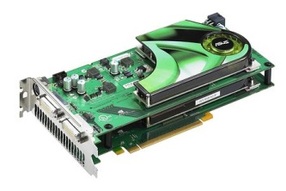
How it communicates with other components: The images that are shown on the monitor are made of tiny dots
called pixels. A screen displays over a million pixels and the computer has to
decide what to do with everyone in order to create an image, to do this it needs
graphics capability and that’s not possible without a graphics card, the
graphics card decides how to use the pixels on the screen to create an image and
then sends information to the monitor through the cable.
Network interface card
Description of purpose: The network interface card allows the computer to connect to a
network and access it wirelessly, It uses radio signals to do so. It is
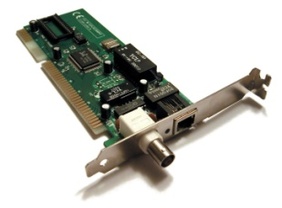 connected to the computer circuit board and provides a full-time wireless
connected to the computer circuit board and provides a full-time wirelessconnection to either a LAN (local area network) or WAN (wide area
network)
How it communicates with other components: It converts the data sent by the computer into a form which can
be used by the network cable, and then translates the data coming from the cable
into bytes so that the computer CPU can read it. Network interface card is very
important to link computers so data can be sent and receive via the LAN this is
basically the Ethernet card and will be installed in the computers slot.



